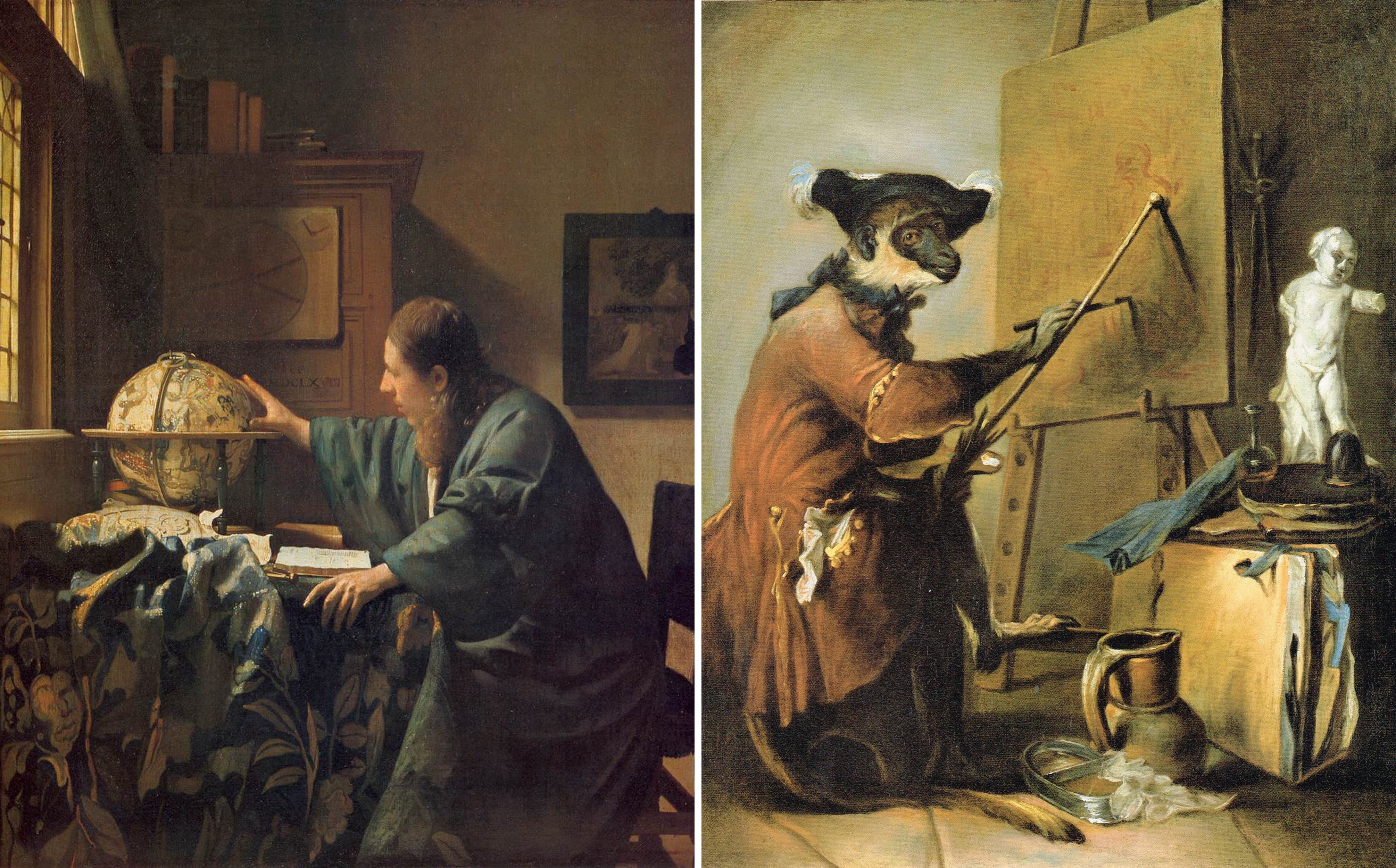The futuristic-looking National Art Center Tokyo (NACT) seems like a rather unusual venue for an exhibition of mainly 17th- and 18th-century European art sourced from Paris's famous Louvre Museum. But while the Louvre's collections are very much rooted in the past, the French institution has also had one eye firmly fixed on the future for a long time. When you visit the Louvre in Paris, modernity is signalled by I. M. Pei's famous glass pyramid in the courtyard of the museum. Here in Tokyo it is hinted at by the choice of venue for this exhibition, "Louvre Museum: Genre Painting — Scenes from Daily Life."
Although there is no great avant-garde glass pyramid to pass beneath at NACT, visitors to Kisho Kurokawa's architectural masterpiece can enjoy something a little similar as they enter the museum through a cone-shaped doorway. In addition to the sleek, modern venue, the theme of the exhibition is also testament to the urge to update the past and make it more accessible to the present and future.
In the period during which the works on display were created, the dominant and most prestigious style of art was "history painting." This term included all impressive, large-scale pieces that focused on classical, historical, allegorical or biblical themes. In contrast, portraiture and landscape, genre and still-life painting ranked much lower.



